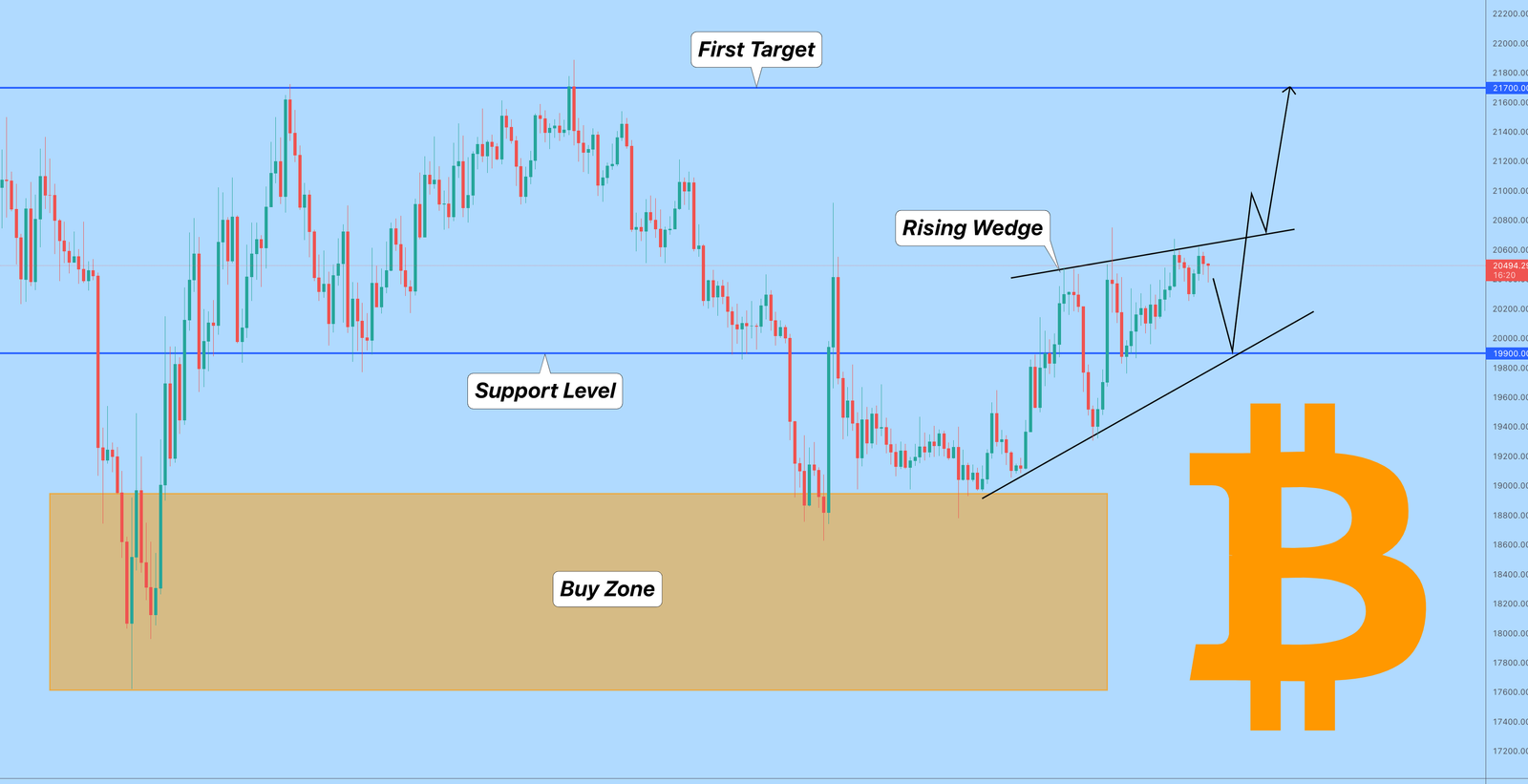On April 7, 2025, the cryptocurrency market fell drastically and shockingly, losing Bitcoin and many altcoins. Though their volatility is well known, macroeconomic factors, regulatory changes, and technical market conditions prompted this decline in cryptocurrencies. The events of that day left investors disoriented and raised concerns regarding the basic reasons for such widespread market instability.
Trade Tensions and Bitcoin Decline
The main reason the bitcoin market suddenly dropped was the growing trade conflicts between the United States and other important trading partners such as the European Union, China, and Japan. Declaring extra duties on imports from the European Union, Japan, and China on April 7, 2025, the Trump government set rates of 20% for the European Union, 26% for Japan, and 34% for China. With major consequences for economic development, the proclamation begged questions regarding a probable trade war. The revelation instantly rocked investors who sought to move their money into safer, less unpredictable assets like bonds or gold. This shift from riskier assets, including cryptocurrencies, caused a significant sell-off in the digital asset market.

Anxiety surrounding these trade tariffs was exacerbated by more widespread worries about the soundness of financial markets. As the U.S. stock market futures sank by 3.4%, selling pressure on risk assets—including Bitcoin and altcoins—increased as well. Many investors, particularly those exposed to both conventional and digital markets, responded quickly by pulling out from their Bitcoin positions.
Bitcoin and Altcoin Decline
Though it had been performing nicely in the days before April 7, Bitcoin was not exempt from the market frenzy. On the day of the plunge, Bitcoin’s value fell below $80,000, coming to roughly $77,000. Since the leading cryptocurrency had been trading above $80,000 in the previous week, the dip was somewhat noticeable. Many have been particularly concerned by the price drop of Bitcoin since many had believed the digital currency would be a steady source of value amid the growing uncertainty in conventional markets.
Altcoins were struck even more powerfully. One of the most well-known altcoins, XRP, dropped in value by 19%, landing at $1.70. Having shown some price stability, Ethereum leaped by a similar proportion to about $1,462. The declines were broad-based; several other altcoins also showed a declining trend. The steep declines in altcoin prices added to the general gloomy attitude in the bitcoin market as traders tried to reduce their losses, given a more significant market correction.
Bitcoin Death Cross
signals cross-addition to macroeconomic elements. Bitcoin Whales was nearing a bearish chart pattern known as a “death cross,” the 50-day moving average crosses below the 20-day moving average, considered a harbinger of a possible long-term declining price. This trend furthered market panic selling and resulted from mounting concern about the approaching “death cross.” Many traders—especially those applying technical analysis—took the death cross as a cue to leave their holdings, aggravating the market’s downward flow.
Bitcoin Liquidation Frenzy
Technical sell signals and macroeconomic elements produced a frenzy of liquidations in the bitcoin futures market. About $1.2 billion in long positions—bets on rising bitcoin prices—were sold over only 24 hours. These forced liquidations increased the downward pressure already in effect on prices. The significant degree of market volatility meant that investors were selling to reduce their exposure and dealing with forced sales resulting from margin position liquidation, aggravating the market drop.
Market Decline Impact
The sudden decline in bitcoin values on April 7 matched general patterns in the financial markets. Apart from the selling off of digital assets, conventional markets also suffered. Reflecting mounting worries about the effect of new taxes on world commerce, U.S. stock futures fell dramatically. Significant falls in the S&P 500 and Nasdaq futures also indicate that the market was responding to the same concerns driving down the value of the cryptocurrencies.
 Bitcoin has shown some resiliency even with the coordinated decline across conventional and digital assets. Although the collapse was notable, Bitcoin’s prices suggested that Bitcoin is still considered the currency of wealth. However, this fortitude was insufficient to protect Bitcoin and other cryptocurrencies from the immediate consequences of the more significant market sell-off.
Bitcoin has shown some resiliency even with the coordinated decline across conventional and digital assets. Although the collapse was notable, Bitcoin’s prices suggested that Bitcoin is still considered the currency of wealth. However, this fortitude was insufficient to protect Bitcoin and other cryptocurrencies from the immediate consequences of the more significant market sell-off.
Final thoughts
Driven by a confluence of macroeconomic, technical, and market sentiment elements, 2025 Rising trade tensions between the U.S. and important trading partners, including China, the European Union, and Japan, essentially set off the fall. The Trump administration’s imposition of significant tariffs caused investors to move from riskier assets, including cryptocurrencies, to safer options like bonds and gold. This change set off a general sell-off in the digital asset market.
Though it performed impressively in the days preceding the collapse, Bitcoin was not impervious to the consequences of the general market fear. Having been trading over that level just a week ago, its price dropped below the $80,000 barrier, a notable drop. XRP and Ethereum, among other altcoins, suffered much more, which heightened the pessimistic market attitude. The result underlined how closely the performance of different cryptocurrencies might be linked since a reduction in the value of one cryptocurrency usually causes general falls in all the others.

